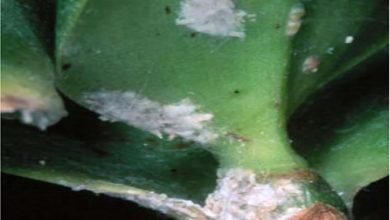Bugs in the flowers of plants: What they are and how to fight them
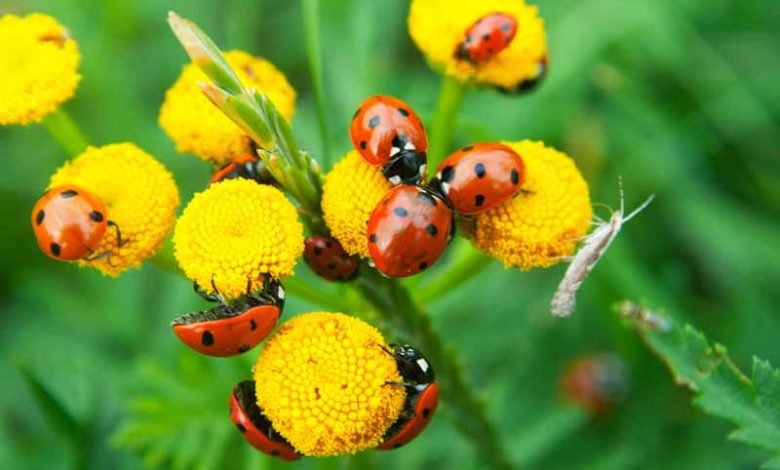
Hello to all Farmers! Surely you have ever seen bugs on flowers. This can occur in the flowers of garden plants such as peppers or tomatoes, or when picking a daisy in the field. Sometimes small black bugs appear running over them.
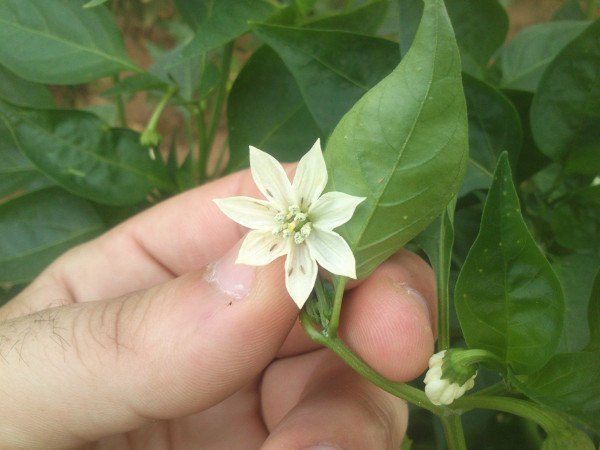
What are thrips?
Well, today we are going to talk about these little bugs in the flowers, the flower thrips, or scientifically speaking Frankliniella occidentalis.These little bugs are very small and run around the flowers, so they are not easy to see.
Thrips or Thysanoptera are an order of small insects. Their diet is almost exclusively vegetable and some 5,600 species are known.Many species are pests of cultivated plants and vectors of viruses.
They are small insects (1 – 6 mm), the normal is 1 – 3 mm, cylindrical, elongated and with a very sharp rear end. They are yellow, brown or black with alternating light and dark bands. They have a scraping-sucking mouth apparatus with which they scrape and lacerate the surface of the plant and then suck the spilled juices by sipping through the alimentary canal. Their antennae are very short.
There are wingless (wingless) and winged species. In the latter case, the wings are very narrow and surrounded by filaments (fringes) that give them the appearance of feathers. In general they are not good flyers but they can jump. The abdomen has 11 segments.
Flower thrips: Frankiniella occidentalis
This species of thrips is native to North America but has now spread to other continents, including Europe, Australia, and South America mainly due to the transport of infected plant material.
This tiny thrips has a great predilection for flowers, so that if we shake them on a dark base we can see them fall as small elongated particles, which, seen with a magnifying glass, show nervous movements.
Adults disperse by hopping and being dragged through the air.The color varies from red to yellow and brown. The nymphs, that is, the juvenile stage, are yellowish with red eyes.
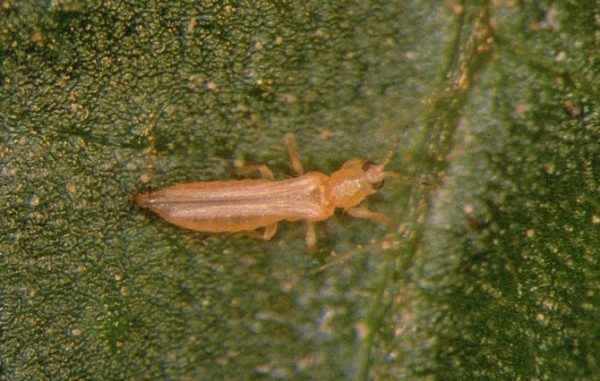
A curiosity is that males are scarce, most of these thrips are usually female and reproduce by parthenogenesis, which consists of the development of a reproductive cell until a new individual is formed, without fertilization taking place, that is, without the male intervention.
This insect can live in its adult phase from two to five weeks and even more and the nymph about 20 days. Each female can lay 40 to 100 eggs in plant tissues, often in flowers, but also in fruits or leaves.
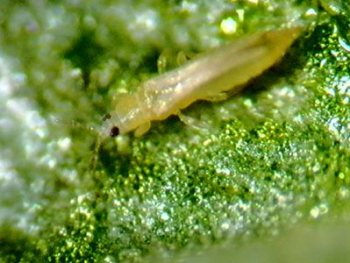
Crops affected by thrips: Frankiniella occidentalis damage
This insect feeds on a huge number of crops, especially affecting tomatoes, peppers, aubergines, beans, lettuce and strawberries.
In their feeding, they cause lesions on the underside of the leaves, leaving a silvery appearance that is later necrotic. On the pepper flowers they can cause desiccation and fruit abortion. On the skin of ripe fruits, they can produce areas with dots discolored by feeding or spawning plates. In addition, and most importantly, they are transmitters of viruses such as Tomato Sunburn (TSWV), for which there is no treatment and which cause irreversible damage to crops.
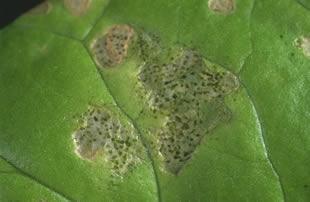
How to eliminate flower bugs?: Frankiniella occidentalis
As always, prevention is better than cure, so here are some preventive measures against these thrips:
- Introduce flowering insectary plants as a reservoir for their natural enemies: umbelliferous, compound, labiate, legume or cruciferous.
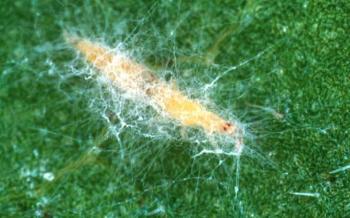
- If you have a small greenhouse, install physical barriers, such as dense mesh, with a very, very small opening, to stop lateral entry due to wind drag.
- It prevents the crops most sensitive to flower thrips that we have mentioned before from overlapping.
- Detect presence using white or blue adhesive plate traps, as they prefer these colors.
If you have not been able to prevent Frankiniella from taking control of your crop, you should proceed to treat it, but only in the absence of auxiliary fauna, to avoid causing damage:
- Neem-azadirachtin in the evening, although its efficacy is limited
- In a greenhouse or with high humidity, commercial formulations with entomopathogenic fungi, that is, they affect insects, such as Beauveria bassina or Verticillium lecanii.
- In a greenhouse or with high humidity, commercial formulations with entomopathogenic nematodes, such as Steinernema spp. or Heterorhabditis sp.
- Spinosad, although I do not recommend it since it can affect useful fauna by contact, especially Hymenoptera where we find bees and bumblebees that act as pollinators, and many parasitoids.
- Use of commercial, autochthonous or exotic natural enemies: bedbugs and predatory mites. Currently the most widely used in greenhouses is the Amblyseius swirskii mite.
References
- Healey M, Senior L, Brown P, Duff J (2017). Relative abundance and temporal distribution of adult Frankliniella occidentalis (Pergande) and Frankliniella schultzei (Trybom) on French bean, lettuce, tomato and zucchini crops in relation to crop age. Journal of Asia-Pacific Entomology, 20(3), 859-865.
- ZHANG B, ZUO T, LI H, SUN L, WANG S, ZHENG C, WAN F (2016). Effect of heat shock on the susceptibility of Frankliniella occidentalis (Thysanoptera: Thripidae) to insecticides. Journal of Integrative Agriculture,15(10), 2309-2318.
- Riley, D., Sparks, A., Srinivasan, R., Kennedy, G., Fonsah, G., Scott, J., Olson, S. (2018) Chapter 3 – Thrips: Biology, Ecology, and Management. Editor(s): Waqas Wakil, Gerald E. Brust, Thomas M. Perring, Sustainable Management of Arthropod Pests of Tomato. Academic Press, 49-71.
I hope you liked the article and that you can identify these little bugs in the flowers of your crops. Until next time!

![Photo of Cat’s Claw Plant: [Cultivation, Irrigation, Associations, Pests and Diseases]](https://www.complete-gardening.com/wp-content/uploads/2022/08/cats-claw-plant-cultivation-irrigation-associations-pests-and-diseases-390x220.png)
![Photo of Plant an Apricot Tree: [Substrate, Irrigation, Care, Pests]](https://www.complete-gardening.com/wp-content/uploads/2022/08/plant-an-apricot-tree-substrate-irrigation-care-pests-390x220.jpg)
